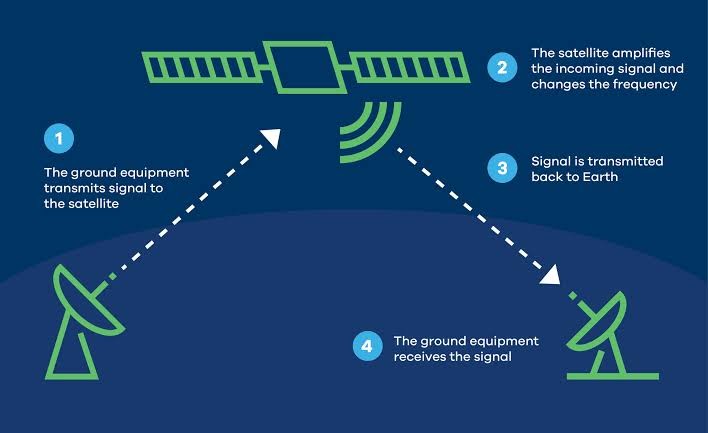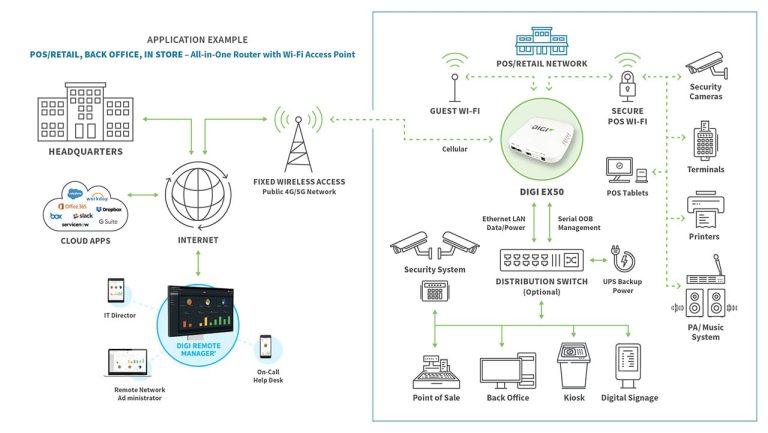The Future of Satellite Communication: Bridging Global Connectivity
telcomatraining.com – In today’s interconnected world, reliable and widespread communication is more important than ever. As technology continues to evolve, satellite communication stands at the forefront of a new digital era, promising to bridge the connectivity gap across the globe. From remote villages to bustling metropolises, the future of satellite communication is poised to revolutionize how we connect, communicate, and collaborate—anytime, anywhere.
Emerging Technologies Powering Satellite Communication
One of the most exciting trends shaping the future of satellite communication is the rise of Low Earth Orbit (LEO) satellites. Unlike traditional geostationary satellites, which orbit at about 35,786 kilometers above Earth, LEO satellites operate at altitudes between 500 and 2,000 kilometers. This proximity allows for significantly lower latency, faster data transmission, and more stable connections.
Companies like SpaceX (with its Starlink network), OneWeb, and Amazon’s Project Kuiper are investing billions of dollars into building LEO satellite constellations. These networks aim to provide global high-speed internet coverage, especially in underserved and rural areas where terrestrial infrastructure is limited or non-existent.
Bridging the Digital Divide
One of the most profound impacts of next-generation satellite communication is its ability to close the digital divide. Millions of people around the world still lack reliable internet access, which hinders education, healthcare, economic opportunities, and overall quality of life. By delivering fast and affordable internet to hard-to-reach areas, satellite networks can empower communities, enhance social inclusion, and promote sustainable development.
For example, satellite internet can bring telemedicine services to isolated regions, support distance learning for students in remote locations, and facilitate real-time coordination during natural disasters and humanitarian crises.
Enhancing Global Communication Infrastructure
As our reliance on data-intensive applications like streaming, cloud computing, and Internet of Things (IoT) continues to grow, satellite communication is expected to play a critical role in strengthening global communication infrastructure. Hybrid networks combining terrestrial and satellite systems offer greater redundancy, resiliency, and scalability, ensuring uninterrupted connectivity even during emergencies or network failures.
Furthermore, advancements in satellite technology—such as higher bandwidth capacity, AI-powered traffic management, and inter-satellite links—are making satellite communication more efficient and cost-effective than ever before.
Commercial and Governmental Applications
Beyond civilian use, the future of satellite communication holds tremendous potential for both commercial and governmental sectors. In industries such as maritime, aviation, agriculture, and mining, satellite networks enable real-time data exchange, GPS navigation, remote monitoring, and automation.
Governments are also leveraging satellite systems for national security, weather forecasting, environmental monitoring, and space exploration. With the increasing demand for real-time intelligence and secure communication channels, satellite technology is becoming a strategic asset on a global scale.
Challenges and the Road Ahead
Despite the promising outlook, satellite communication still faces challenges. Space debris, regulatory hurdles, and the high costs of deployment are significant obstacles. International cooperation, standardization, and responsible space practices are essential to ensure long-term sustainability and success.
Moreover, competition among providers is heating up, which could lead to market consolidation or pricing wars. However, innovation and collaboration will be key to navigating these complexities.
Conclusion
The future of satellite communication is bright and full of potential. As new technologies emerge and global demand for connectivity grows, satellite networks will continue to evolve—bringing the world closer together. From enhancing communication infrastructure to enabling digital inclusion, the next frontier of satellite communication is not just about connecting devices, but also about connecting people and possibilities across the planet.







